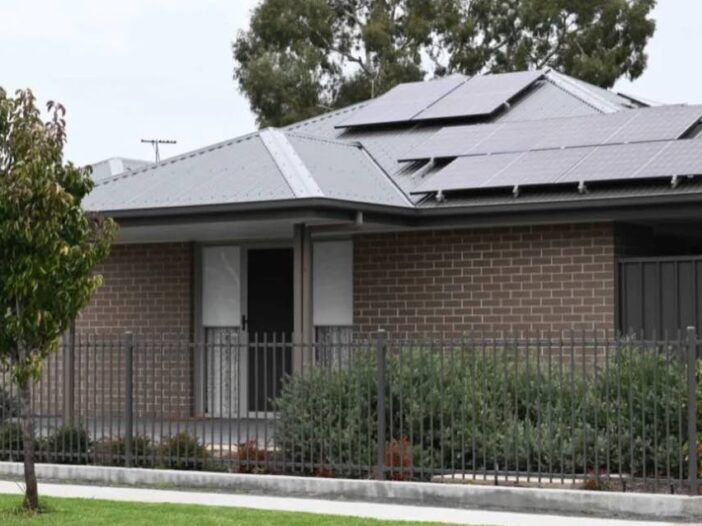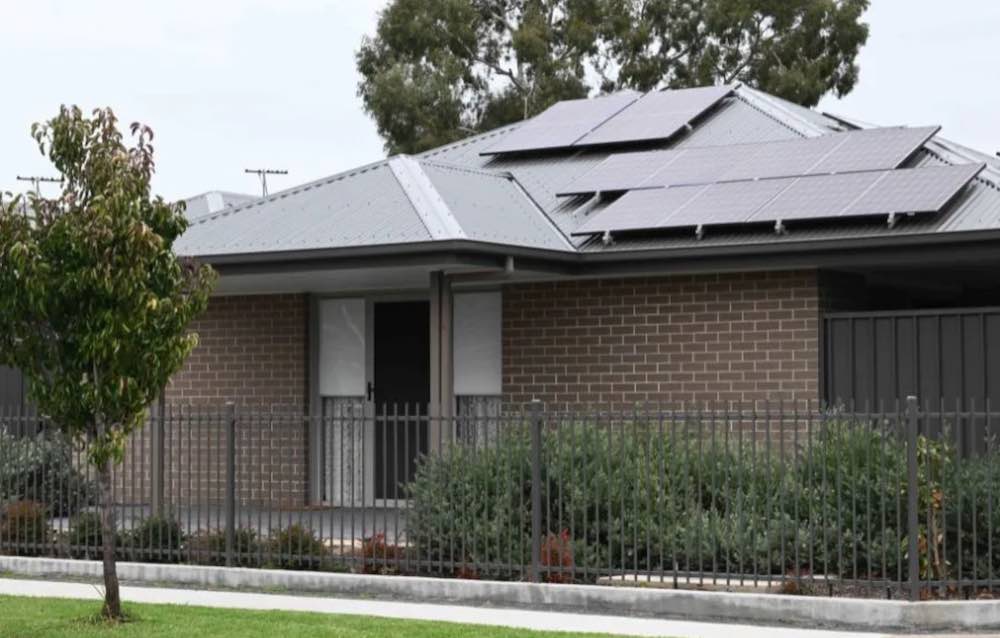
Tens of thousands of people on the lowest incomes have no escape from the extreme heat this summer because they’re trapped in inefficient dwellings that are far too expensive to cool.
The federal government knows this is a problem and has so far responded with $300 million to retrofit up to 60,000 social housing dwellings.
This is a great start, but is a fraction of the country’s 400,000-odd public and community properties, and does not help people in private rental or who own their own home but are on low fixed incomes.
It also does not cut it if Australia is to achieve the residential energy efficiency vital to meeting the country’s climate targets or resilient to climate change impacts already locked in. The scale of the challenge, and the opportunity it brings, demands a comprehensive retrofit of all social and public housing dwellings.
We cannot afford to let the numbers obscure just how achievable this is, and the social and economic gains from ensuring Australia’s homes remain livable and fit to withstand a changing climate.
In addition to mandating energy efficiency and climate-resilience rental standards, direct government funding is the most cost-effective way to reach that goal. It will also build the economies of scale and market capacity needed to cut housing retrofit costs across the board.
The government should start by creating a Special Purpose Funding Vehicle, and inject an initial $2 billion to attract public-private investment.
Let’s put that figure in context before the usual suspects cry “too expensive”. Treasury data shows rental deductions such as negative gearing will cost the government just north of $27 billion for 2023-24.
Kickstarting funding to retrofit low-income housing is significantly cheaper than giving property investors tax breaks that push housing further out of reach of people on low incomes.
A carefully designed and properly funded mechanism could bring in additional funding from other sources – such as states, philanthropy, carbon offsets, and the insurance and energy sectors – to finance rolling housing upgrades.
This would lay the foundations for a nationwide program to ensure the 1.8 million low-income households that live in public, community dwellings and Indigenous community-controlled housing or rent in the private market – are not left behind by the energy transition.
Right now, people on the lowest incomes are forced to choose between a rock and a hard place. Do they put food on the table or skip meals to afford their energy bill and escape the extreme heat that kills more people than any other natural disaster?
Some people fall deeper into energy debt while others, including the elderly and very young, are forced to swelter to the point of injury or death.
In the decade to 2022, the Australian Institute of Health and Welfare found 677 people died from injuries related to extreme weather while more than 9000 others ended up in hospital.
Energy hardship is not a fait accompli; it’s a policy choice. So are soaring household electricity prices (up by 20 to 25 per cent across the eastern seaboard and South Australia following July 2023).
Making low-income housing efficient, electric, solar and climate resilient will bring much needed bill relief, in addition to raising income support payments would help end energy poverty, and create jobs while turbocharging Australia’s emissions reduction targets.
Australia’s energy sector is rife with patchwork programs ripe for expansion. Take Environmental Upgrade Finance (EUF) programs, for example. These are agreements between owners, councils and lenders to provide long-term, low-interest loans for energy efficient upgrades.
The beauty is that the finance stays with the property, meaning the original loan recipient is not saddled with repayments once they sell the property and no longer benefit. At the moment, EUFs are mostly used for commercial buildings across more than 70 councils in Victoria, NSW and South Australia.
Turning this patchwork of schemes into a national program for housing, drawing on funds from a rolling retrofit fund, would allow owner-occupiers who cannot otherwise afford it to upgrade their homes. It’s a great financing solution for landlords, while improving the living conditions for their tenants as well.
The report offers a range of carefully considered solutions to deliver what could be a nation building program, which stakeholders are keen to engage and deliver on. Further government commitment and investment is all that is needed. .
Prioritising broad-scale investment now will slash the cost of living, and ensure disadvantaged communities are not left to swelter – or freeze – in inefficient, expensive homes.
Kellie Caught is ACOSS climate and energy program director.

